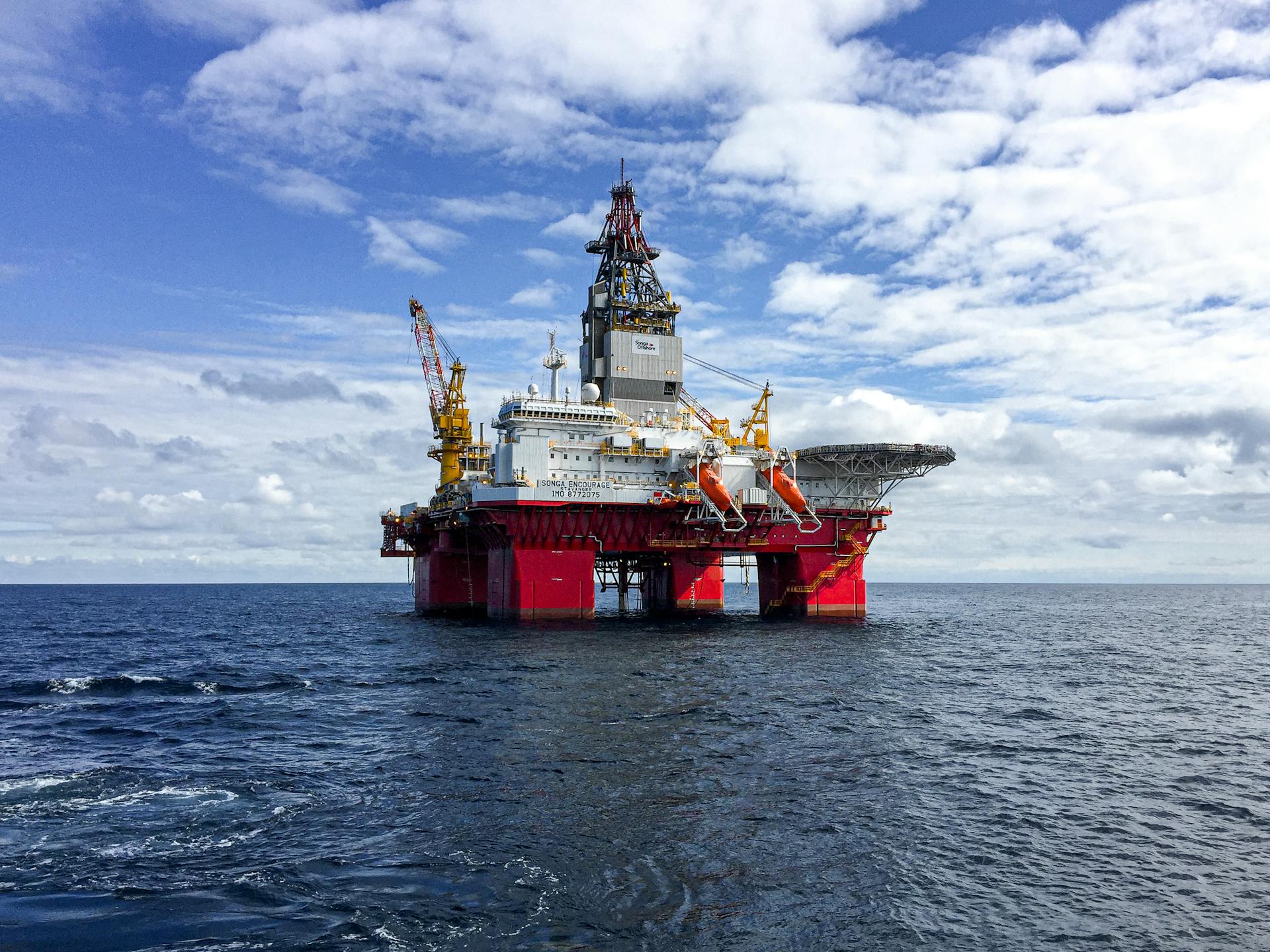Country tipped to aid Europe’s hydrogen supply chain in coming years
The Eastern Mediterranean has the potential to become a significant hub for the production and export of hydrogen, according to a recent mathematical forecasting study by Frederick University’s H2Zero research unit.
For Cyprus, the forecast indicates that natural gas production could rise from six billion cubic metres in 2026 to a maximum of ten billion cubic metres by 2035.
This would allow the production of more than four billion kilogrammes of hydrogen through natural gas reforming by 2050.
According to a statement from the university, the natural gas reserves of the Eastern Mediterranean can serve as a sustainable transitional fuel when combined with hydrogen production and the integration of renewable energy sources.
This combination, the announcement pointed out, provides a technically and economically sound opportunity towards a decarbonised energy system.
“Using allocation algorithms with Gauss curves to forecast the sustainable use of natural gas as a transitional fuel during the energy transition, it appears that regional cooperation and strategic investments can lead to a sustainable shift from natural gas to hydrogen, while at the same time ensuring long-term energy and economic benefits,” the study said.
It added that the adaptive model developed represents a significant step forward in forecasting the energy transition, in combination with modelling of natural gas reforming technology and economic optimisation, taking into account extraction costs, carbon taxation, and the dynamics of the hydrogen market.
As mentioned above, the forecast shows that Cyprus’ natural gas production could increase from six billion cubic metres in 2026 to a maximum of ten billion cubic metres by 2035, which would enable the production of over four billion kilogrammes of hydrogen through gas reforming by 2050.
At the regional level, the study showed that the 2.399 trillion cubic metres of natural gas reserves in the wider Eastern Mediterranean could support up to 40.7 billion kilogrammes of hydrogen production by 2050.
Maximum output could reach 2.4 billion kilogrammes annually by 2041, enough to establish the region as a key supplier for European hydrogen markets.
Based on the results of the simulation, policies are recommended such as immediate investment in hydrogen infrastructure, coordinated regional strategies for natural gas extraction to balance revenues with long-term hydrogen production, and technological upgrades with a gradual shift towards green hydrogen after 2050.
The analysis also highlighted the importance of regional cooperation, which can further strengthen hydrogen production potential.
Moreover, the study highlighted that the economic impact of such development would be significant.
A full-scale regional rollout could generate annual export revenues of between $15 billion and $25 billion.
In addition, it could also create 25,000 to 40,000 jobs in the construction sector, generate 8,000 to 12,000 permanent positions, and contribute between three and five per cent to annual GDP growth.
Moreover, the study showed that even by 2050, the Eastern Mediterranean is expected to retain substantial natural gas reserves, ensuring additional production capacity beyond the modelling period.
Professor Andreas Poullikkas, head of the H2Zero Research Unit at Frederick University, said that “with the right policies, timely investment in infrastructure and strong regional cooperation, the Eastern Mediterranean has the opportunity to become part of Europe’s clean energy supply chain”.
“The creation of a hydrogen hub in the Eastern Mediterranean will not only help secure long-term energy security for the region and Europe, but will also lead to significant economic growth and job creation,” he added.
According to Poullikkas, who previously served as the head of the Cyprus Energy Regulatory Authority (CERA), this transition is a crucial step towards achieving ambitious climate goals by shifting from polluting fuels to low-carbon hydrogen and renewable sources.
“The modelling shows that coordinated regional synergies between Eastern Mediterranean countries can multiply hydrogen production up to ten times compared with autonomous development,” he said.
“In this context, the Eastern Mediterranean can lead sustainable energy innovation, strengthen regional stability and become a model for global decarbonisation efforts,” he concluded.







Click here to change your cookie preferences